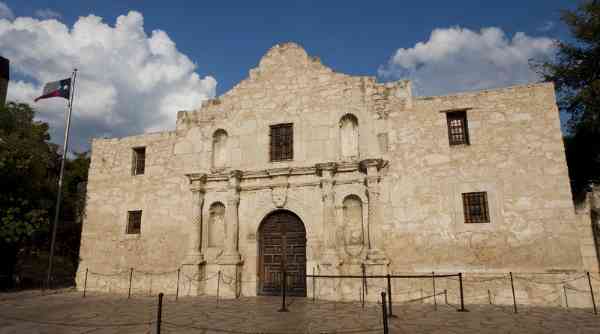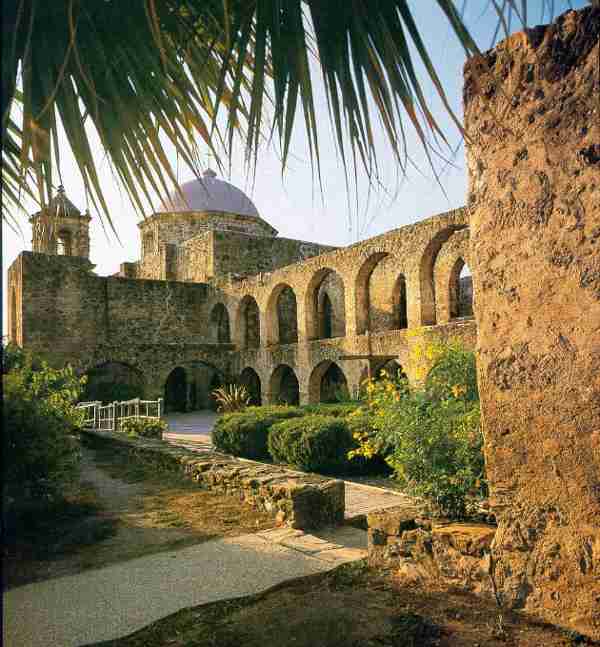San Antonio’s Missions Get World Heritage Status

The San Antonio Missions have officially been designated a UNESCO World Heritage Site. The decision was announced on July 5th at the annual UNESCO World Heritage committee meeting in Bonn, Germany.
An elite list with just 22 existing U.S. landmarks included, the five Missions (including The Alamo) are taking their place among other great American historic and cultural institutions like the Statue of Liberty and Independence Hall, in addition to natural treasures such as the Grand Canyon and world wonders like the Great Wall of China.
[ New Delhi: The Case of a Neglected City ]
The Missions, which are the largest collection of the Spanish colonial architecture in the U.S., are the third designation in the country in the last 20 years.
San Antonio’s Missions symbolize an era when the world was expanding, cultures were intertwining, and the global landscape was forever changed. It’s time now to “Remember the Alamo,” the first San Antonio Mission.
[ Narendra Modi Launches Smart Cities Project ]
“The United States has a powerful and valuable history that encompasses a wide range of peoples, creeds and experiences,” said Crystal Nix-Hines, U.S. ambassador and permanent representative to UNESCO. “The San Antonio Missions represent an important element of our story, and a World Heritage designation allows them to be shared not only within the U.S. but also the wider global community.”

A UNESCO designation is a catalyst for socio-economic change, with increased visitation and tourist spending. According to the U.S. Travel Association, $928 billion was generated by domestic and international travelers in 2014, placing tourism as one of our nation’s largest economic generators and spurring an additional $1.2 trillion in other industries.
For San Antonio, the impact will be even more significant, as tourism is one of the city’s top five industries, providing one in eight jobs and more than $12 billion annually.
By 2025, the World Heritage Site economic impact on San Antonio and Bexar County is expected to generate an additional $44 million -$105 million in economic activity, with over 1,100 newly created jobs.






